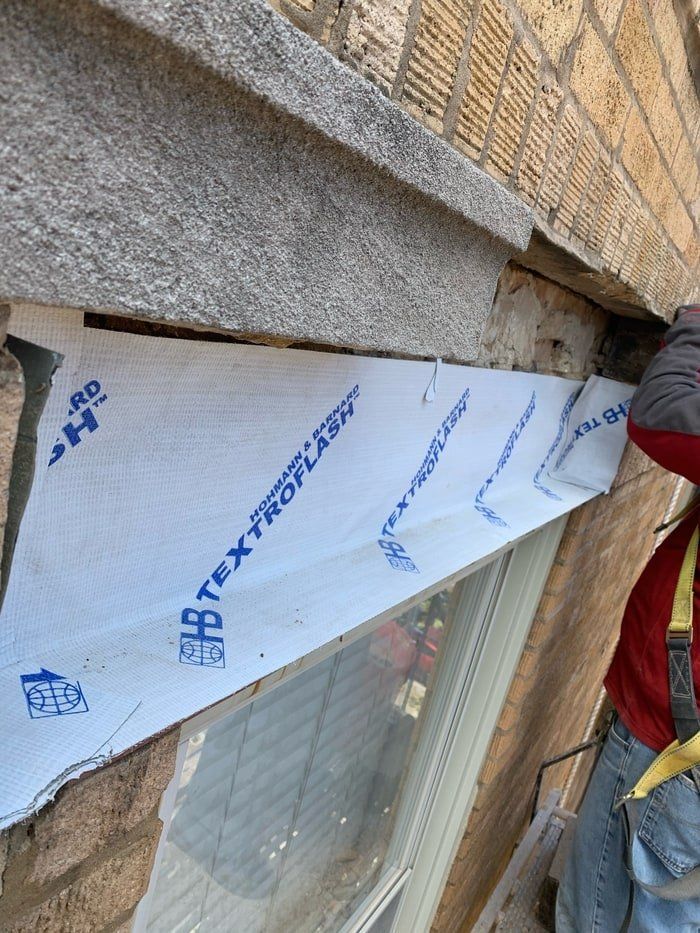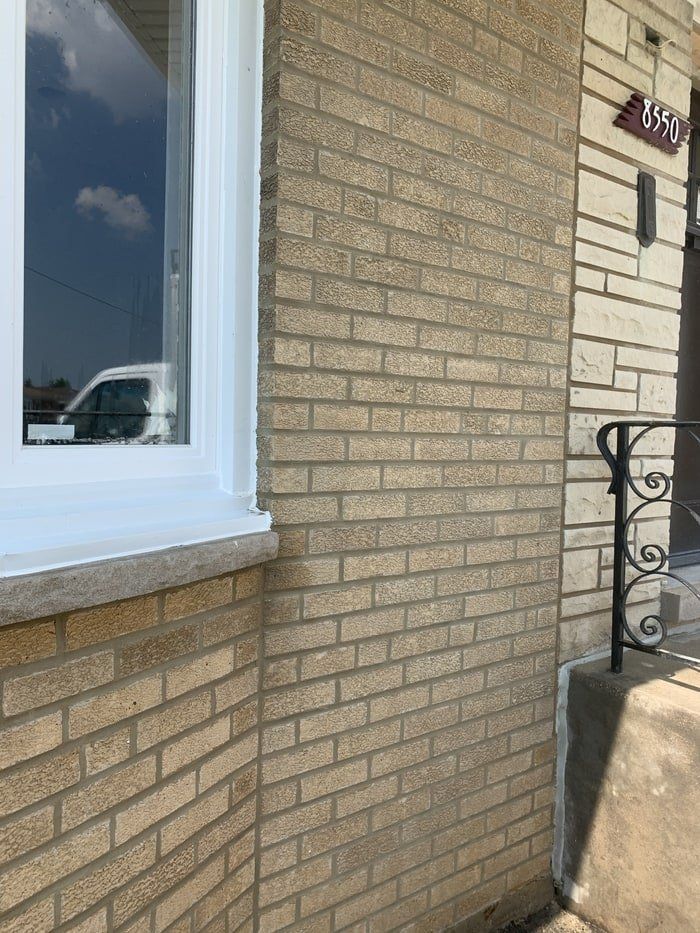How much support does a lintel need?
Lintels can provide your home or commercial building the adequate support that it needs, but they will also need to have a structure that can assist in holding them up. As we all know, the horizontal beams that are often placed above the opening of doors, windows, and even fireplaces are called lintels. This horizontal beam is situated between two vertical beams or walls that function to hold the structure up and can sometimes be called a “bearing.”
For a lintel to be able to aid in carrying the weight of a structure to prevent it from bending or dropping, it will also need to have a bearing where it can be placed or installed securely. If a lintel is expected to carry heavy loads, it will obviously need to have a proper backup that can also sustain the lintel’s load itself.
How much support should a lintel have?
As mentioned above, a lintel should only be installed in an area where it can hold its weight. If a lintel should carry heavy weight, the walls or support that surrounds the lintel should be ideally and equally balanced.
If you have a bearing on your structure, you need to assess how much dead and live loads do you need your lintel to carry before coming up with accurate data. Dead loads are the weight of the lintel itself and of the wall that is coming from the above that the lintel is expected to assist, while live loads are the other weight that comes from other sources such as furniture that will be imposed on the lintel.
To get an accurate computation of the support your lintel needs, it would be best to get the help of a contractor and they will be able to do it for you, as it will be difficult to put an estimate when we do not know about the specifics of your building. When you are able to get assistance from a contractor, you can send them the details for a more helpful assessment or you can ask them for an inspection to get an even more accurate data.
Why do lintels need support?
Even if a lintel’s main job is to support weight, they would also need to be assisted. Because these horizontal beams are often placed between two walls, they will be installed on top of these openings and will also have to rely on the other support structures of a home or building.
Lintels are a part of a structure and they exist to make the entire structure more stable and helps maintain its integrity. Like the other parts of a building such as a roof, wall, windows, and many more, each has their own roles, and it would be impossible for a lintel to efficiently do its part without getting help and assistance from the other structural parts.
Benefits of having a lintel?
There are so many advantages that come when you have a lintel installed on your residential, commercial, or industrial property.
Some of these are:
- It prevents your walls and ceilings from sagging and cracking.
- It helps in protecting the building from the effects of natural movements of soil.
- It assists the building when there are unexpected and unavoidable events such as heavy storms and earthquakes as it can help support the load of the structure.
- It can protect your windows and doors and makes them less prone to break, especially with panes that are made from glass.
- It can make your home more attractive. Lintels are not only used as support elements but are also utilized by designers and architects to add more personality to a building.
Is a lintel necessary to every structure?
There are so many benefits to having a lintel on your home, but they are not a requirement. If you only have a small building that will only be used for residential purposes, having lintels installed may not be necessary. However, if you really want to have one placed above the openings, you can ask your contractor for a not so expensive one that can also be functional in your home. After all, having one or two supports can be very helpful to maintain the integrity of your building and can be a good investment especially if you have extra funds.
How much does it cost to have a lintel installed?
The cost of having lintels installed would depend on several factors, such as the material that you want, its dimensions, and other factors. Some types can be more expensive when compared to others, and can be more ideal depending on what you will need them for.
Types of Lintels
Here are the most common materials that are used to make a lintel.
- Wooden Lintels
Lintels made of wood are often considered the traditional ones as they were one of the first materials that were available to be made to support the openings of doors and windows. Wood lintels are not as common nowadays as they are flammable and are weaker than the other materials, not to mention that they can also be home to some insects. However, there are still some homeowners who like the feel and aesthetic of wooden lintels and have them placed for design purposes.
2. Stone Lintels
Lintels made of stone can be very attractive and pleasing to the eye, however, they can be very expensive due to their heavy weight that is difficult to transport. Stone lintels are also considered weak in strength and can break when placed in areas with high humidity.
3. Reinforced Cement Concrete Lintels or RCC
Lintels made of reinforced concrete are an enhanced version of standard concrete and is one of the most used material in present time used for construction and building. RCC Lintels are capable of carrying heavy loads and are resistant to fire.
4. Stainless Steel Lintels
Lintels that are made with steel can be very expensive, but is truly worth the price that it sells for. Modern stainless steel lintels are now made to resist corrosion more effectively and can also carry much heavier weight and loads. Due to their strength, they are often used in buildings that are for commercial and industrial use.
Depending on the function that you need your lintel to perform, some materials will suit your home more. It can be overkill and expensive to have steel lintels when a lintel made of reinforced concrete can get the job done. Before having a lintel installed, it would be helpful to do some research first.
Can you install a lintel yourself?
You can certainly install a lintel on your own, but it would be better to contact a contractor to be safe. Ask around your area for the most trusted workers and ask for their suggestions.



